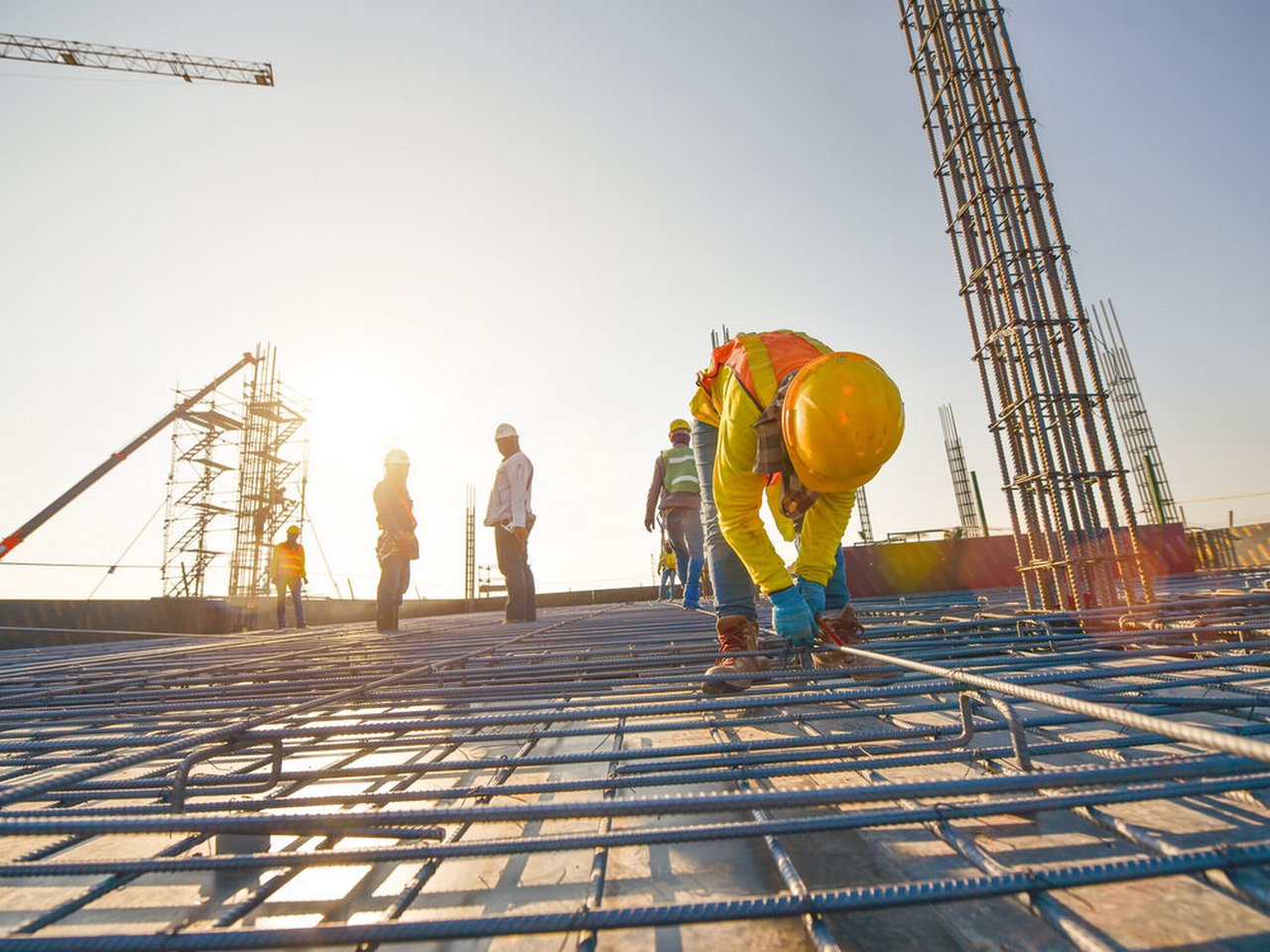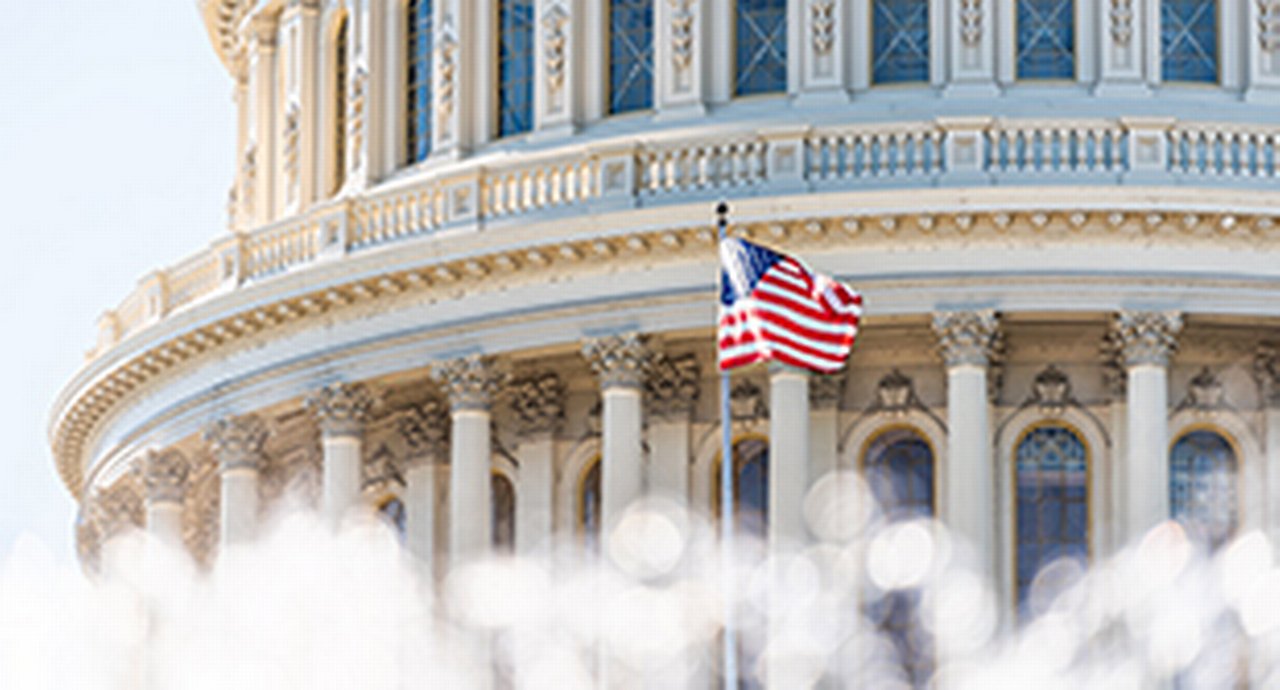February 2021
Having had its recovery interrupted in 2020, Latin America is looking good for 2021, having achieved some herd immunity with an anti-Covid vaccination push in late H2. Ivan Castano Freeman reports on the outlook for trade finance and lending
Latin America’s trade finance market is likely to strengthen in 2021, bankers note, helped by growing exports to the US as a ‘blue wave’ of Democratic power bolsters hopes for greater economic stimulus and infrastructure spending.
In flow’s Under the rainbow, we noted how 2020 was poised for a cyclical recovery, with its two largest economies – Brazil and Mexico – offsetting the impact of further potential political turmoil with stronger exports and ambitious infrastructure expansion. But lockdowns and political uncertainty have since taken the foot off the accelerator.
“We have seen a recovery in international trade flows,” confirms Sebastiãn Brown, Deutsche Bank’s Chief Latin America Economist. He adds that trade flows are trending toward pre-crisis levels, while GDP in the region’s top five economies of Brazil, Mexico, Chile, Colombia and Peru is bouncing back.
Mexican wave
Indeed, foreign shipments are forecast to surge by 23% in Mexico compared to a 15.1% contraction in 2020, which saw the region’s second-biggest economy shrink around 9% as it was forced to institute heavy lockdowns to battle Covid-19. Incoming US President Joe Biden’s promise for a larger, multi-trillion-dollar stimulus to combat the virus, now seen more certain to clear Congress after Democrats swept both the House and Senate, should boost U.S. economic growth and lift demand for Latin American goods.1 That, coupled with an ambitious pledge to modernise Mexico’s infrastructure, will likely provide a boon for the country’s manufacturing, oil and metal exports, Brown says.
The pendulum will also swing sharply in favour of Mexican imports, which are poised to gain 25%, against an 18.3% contraction in 2020, adds Brown.
More insular Brazil will see a weaker export recovery, however, as shipments gain 5.2% versus a 7.6% loss last year. In the smaller economies of Chile, Peru and Colombia, shipments will gain 3.2%, 8.3% and 6.7% respectively, as a firming Chinese and Asian economy accelerates purchases of key metal and agricultural commodities.
Imports will see bigger gains, however, with Chile poised to witness the strongest recovery (15.1% vs -12.3%) as a reviving economy fuels domestic demand in the South American nation, a leading copper exporter but importer of virtually everything else.
“Chile imports everything that is not copper and Peru buys manufacturing and capital goods,” Brown remarks, as he explains the country dynamics behind his forecasts. “Brazil imports much less as they are a more closed economy but Mexico imports intermediate manufacturing inputs such as car parts, refined petroleum and office machinery parts.”
Correspondent lines reopen
Hernan Alvarado, Chief Financial Officer at the Banco Centroamericano de Integracion Economica (BCIE)2 is also optimistic about the recovery, though he backs Brown’s view that delays and logistical challenges could hamper vaccine rollouts across Latin America, stalling the recovery.
For now, however, things look promising. Trade finance lending could jump 10% versus a 30% drop last year, also as multilateral institutions such as the Export-Import Bank of Korea (KEXIM) and UK peer UKEF join the BCIE, (known as CABEI in Spanish), in co-financing a slew of social infrastructure projects and efforts to bring vaccines to the Central American isthmus.
“Correspondent lines were shut completely from March to July amid risk aversion but they have reopened bit by bit and we expect them to reach normal levels through this semester,” reports Alvarado.
Impoverished Central America fared better with international lenders than Brazil and Argentina, where financing lines collapsed 50% to 60% in the pandemic’s wake – or in Peru and Colombia, where they also dropped significantly amid political and social upheaval, at least according to Alvarado. But in Central America “Wells Fargo, Citi, Standard Chartered, J.P. Morgan and Deutsche Bank, which are the biggest providers of correspondent lines, have reopened lines around 70%,” he claims.
CABEI’s lending spree
As foreign lenders tightened the spigots, CABEI rushed to fill the gap, doling out its greatest lending sum in its 60-year history and issuing US$2.5bn in loans to help struggling enterprises, notably mid-size firms or pymes, survive the pandemic, Alvarado reveals.
He says life is set to be just as busy – or even busier – in 2021 as the Tegucigalpa, Honduras-based development bank teams with UKEF, KEXIM and others to bankroll US$500m in new hospitals for Nicaragua and Costa Rica, rebuild lost infrastructure in the wake of last November’s devastation from hurricanes Eta and Iota and bring much-needed coronavirus vaccines to the region.

Construction underway in Nicaragua (Source: https://www.bcie.org/en/)
Currently, CABEI and UKEF have joined forces to build a US$90m hospital in Nicaragua.3
There is also a so-called biotechnology park to develop Covid-19 vaccines and manufacture testing kits to supply the region, in which KEXIM is splitting financing 50/50 with CABEI according to Alvarado. He won’t provide a price tag for the facility but claims it will be massive and allow Korean drug and testing kit makers such as Seegene to expand and bring their know-how to Central America. It’s a region where Korean firms also lead textiles and apparel manufacturing in countries such as Guatemala, Nicaragua and El Salvador, dominating exports north of the border.
"We have seen a recovery in international trade flows"
‘Wait and see’
While lending volumes stand to increase, future gains will hinge on how fast vaccines come to market and whether new viral strains trigger fresh lockdowns, experts caution. Consequently, many lenders are taking a wait-and-see approach to see how the pandemic progresses in the first half of 2021 before committing new funds. Companies, meanwhile, are also favouring more flexible, longer-term financing products such as bonds or revolving credit facilities and are often avoiding the shorter-term payment schedules and more limited scope of a trade finance loan.
“Corporates have been refinancing short-term loans to satisfy general working capital requirements or corporate activities such as payroll during months of low business demand,” says Ignacio Méndez, Vice President of Structured Trade and Export Finance (STEF) at Deutsche Bank. “While uncertainty persists, firms will likely favour the additional flexibility that long-term loans provide. This is also because new lockdowns may emerge, squeezing companies’ cash flows and hindering their ability to repay short-term loans.”
Once clarity emerges about whether and how vaccines will work to beat the virus and shore up the economy, Mendez expects trade finance transactions will gain ground.
So should supply chain solutions, such as pre-export financing or receivables discounting. Already, there is growing demand for the latter as companies look for ways to monetise assets and reduce credit exposure should demand collapse amid new social-distancing measures.
“As trade demand revamps, demand for supply chain products is likely to increase as companies recover their sales volume, Mendez says, adding that lenders have been very active in this space.
"Corporates are taking long-term loans to have more flexibility to negotiate payments and greater access to liquidity"
Future opportunities
While trade flows are rebounding, they will take time to reach pre-pandemic levels, experts say, adding that other challenges could scupper future financing growth.
Chief among these is nagging political and social turmoil in Peru and Chile, with the former set to hold presidential and congressional elections in April 2021. The move could dent its 10% projected GDP growth if the process turns more problematic than expected. In Chile, where social unrest erupted in 2019 as citizens demanded greater social equality and fairness, political turmoil could resume once Covid-19 retreats, fuelling protests that would potentially hinder key copper and other metals production. There too, April will be a key month as the nation moves to elect the 155 members of a Constitutional Convention that will re-write the Charter.
In Mexico, lingering concerns about the future of beleaguered state-owned oil company Pemex, coupled with the socialist government’s protectionist move to roll back some foreign production contracts, has cast uncertainty about whether the country will continue to open up its energy industry or restrict foreign participation. Meanwhile, Argentina’s debt crisis continues to undermine the country’s ability to emerge from recession, while fresh export and foreign exchange controls create headaches for trade banks operating in the country and scotch what would otherwise be a lucrative soy trade with China and Asia’s firming economy.
Yet despite the challenges, opportunity beckons.
Latin America’s financial services industry remains largely untapped, boosting future opportunities for trade finance banks, according to Brown.
“Mexico stands out as having an under-developed financial services industry,” he says. “If you look at the share of corporates that have checking accounts, it’s much less than in Peru, Brazil, Colombia or Chile.”
Banking fees are also prohibitively high, boosting opportunities for newcomers to offer services at lower rates. The region also remains heavily reliant on commodity exports, which account for 70% of all foreign shipments, Brown says.
As countries outside Mexico, which has a more diversified trade mix, look to innovate and add new products to their supply chains, such as flowers in Colombia, organic cakes in Chile and/or alfajores in Argentina, trade banks striving to build solid, long-term relationships with Latin American clients stand to reap big rewards.
Sources
1 See Biden’s packed agenda at flow.db.com
2 See bcie.org/en/
3 See https://bit.ly/3j783t8 at bcie.org/en/
Go to Corporate Bank EXPLORE MORE
Find out more about products and services
Go to Corporate Bank Go to Corporate BankStay up-to-date with
Sign-up flow newsbites
Choose your preferred banking topics and we will send you updated emails based on your selection
Sign-up Sign-upSubscribe Subscribe to our magazine
flow magazine is published annually and can be read online and delivered to your door in print
You might be interested in
Trade finance and lending {icon-book}
A new era for Indian energy A new era for Indian energy
With India’s energy consumption poised to grow at almost 5% annually over the next decade, Clarissa Dann talks to the leadership team at Nayara Energy about realising the potential of its systemically important oil refineries
Trade finance and lending
Biden’s packed agenda Biden’s packed agenda
Now that President Biden and Vice President Harris are installed in the White House, what are their immediate priorities? flow´s Clarissa Dann takes a look at Deutsche Bank Research’s insights, along with other observations on stimulus, infrastructure and tax reform – and responses from the central bank
Trade finance and lending
Beyond the invoice Beyond the invoice
Supply chain finance is growing at 20% a year, with around US$2tn in payables available for financing. But how can this be made safer and more sustainable – and accessible to SMEs? flow reports on key themes at BCR’s 4th Supply Chain Finance Summit in Amsterdam



